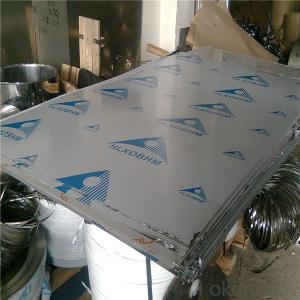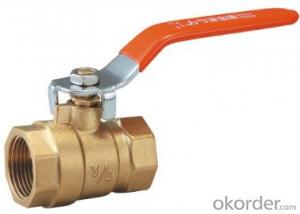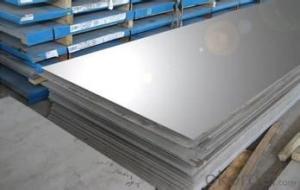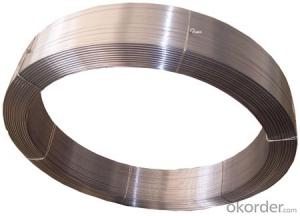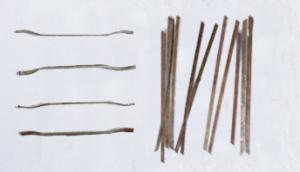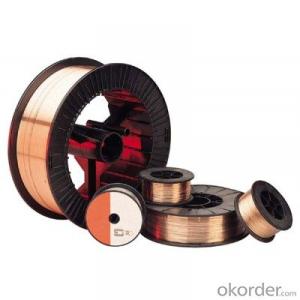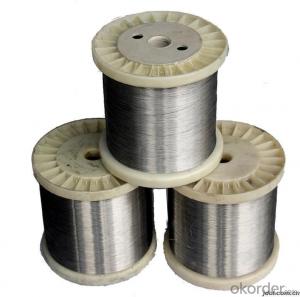420 Stainless Steel
420 Stainless Steel Related Searches
Best Paint For Stainless Steel Blanket Insulation For Steel Buildings Primer For Galvanized Steel Foam Filter For Stainless Steel H S Code For Stainless Steel Surface Grinding Wheels For Stainless Steel Surface Grinding Wheels For Hardened Steel Hole Saw For Stainless Steel Paint For Stainless Steel Stainless Steel For BbqHot Searches
Steel Mesh Panels For Sale Price For Stainless Steel Scrap Scrap Price For Stainless Steel Price For Stainless Steel Stainless Steel Tank For Sale Stainless Steel Sheets For Sale Cheap High Tea Sets For Sale Stainless Steel Tanks For Sale Stainless Steel For Sale High Density Fiberboard For Sale Solar Hot Water Collectors For Sale Scaffolding For Sale In Uae Scaffolding For Sale In Ireland Scaffolding For Sale In Houston Type Of Inverter For Solar Price Of Shipping Containers For Sale Types Of Inverter For Solar Stock Price For Aluminum Used Solar Inverter For Sale Steel Mesh Panels For Sale420 Stainless Steel Supplier & Manufacturer from China
Okorder.com is a professional 420 Stainless Steel supplier & manufacturer, offers integrated one-stop services including real-time quoting and online cargo tracking. We are funded by CNBM Group, a Fortune 500 enterprise and the largest 420 Stainless Steel firm in China.Hot Products
FAQ
- Why does the stainless steel hydrogen return wire rust?
- Stainless steel wire hydrogen back surface adhesion of inorganic juice (such as vegetables, soup, sputum), oxygen in the water condition, composition of inorganic acid, inorganic acid on the metal surface.
- Yes, stainless steel wire can be used for wire binding. Stainless steel wire is known for its strength, durability, and resistance to corrosion, making it an excellent choice for wire binding applications. It is commonly used in industries such as bookbinding, packaging, and construction, where a secure and long-lasting binding solution is required. Stainless steel wire is available in various thicknesses and can be easily formed into loops or spirals to create a professional and neat binding finish. Additionally, stainless steel wire is compatible with most wire binding machines, making it a versatile option for binding documents, reports, presentations, and other materials.
- Indeed, wire plant supports can be crafted using stainless steel wire. Renowned for its durability and resistance to corrosion, stainless steel wire proves to be an outstanding option for outdoor purposes, including plant support. Its strength is sufficient to bear the weight of plants and endure diverse weather conditions without succumbing to rust or deterioration. Moreover, stainless steel wire possesses malleability and ease of manipulation, enabling it to be shaped into diverse support structures that cater to the needs of various plant types. Ultimately, opting for stainless steel wire to fashion wire plant supports guarantees long-lasting and dependable assistance for your indoor or garden plants.
- Yes, stainless steel wire can be used for wire rope rigging. Stainless steel wire rope is known for its high strength, corrosion resistance, and durability, making it suitable for various applications in the rigging industry. It is commonly used in marine environments or in outdoor settings where exposure to moisture, saltwater, or harsh weather conditions is a concern. Stainless steel wire rope is also favored for its ability to withstand heavy loads and resist deformation. Additionally, it offers excellent resistance to chemicals, making it suitable for rigging applications in industries such as construction, mining, and oil and gas.
- Certainly, jewelry making can involve the use of stainless steel wire. Its durability, strength, and ability to resist tarnish and corrosion make it a favored choice for this craft. Stainless steel wire comes in different gauges and can be effortlessly shaped into various designs and forms. Moreover, it is hypoallergenic, ensuring it is safe for individuals with sensitive skin or metal allergies. Whether one desires to fashion wire-wrapped pendants, bracelets, or earrings, stainless steel wire proves to be a versatile material capable of producing exquisite and enduring jewelry masterpieces.
- There are several different wire surface lubrication options available for stainless steel wire. Some of the common options include: 1. Dry lubrication: This method involves coating the wire surface with a dry lubricant, such as graphite or molybdenum disulfide. Dry lubrication reduces friction between the wire and any contacting surfaces, improving the wire's performance and lifespan. 2. Oil-based lubrication: Applying a thin layer of oil or oil-based lubricant to the wire surface helps to reduce friction and prevent corrosion. This method is commonly used in applications where the wire is subjected to high temperatures or harsh environments. 3. Wax-based lubrication: Wax-based lubricants, such as paraffin or beeswax, can be applied to the wire surface to provide a protective coating. This type of lubrication helps reduce friction and prevents the wire from sticking to other surfaces. 4. Polymer coatings: Polymer coatings, such as polytetrafluoroethylene (PTFE) or nylon, can be applied to the wire surface to provide lubrication. These coatings create a low-friction barrier between the wire and any contacting surfaces, reducing wear and improving the wire's performance. 5. Dry film lubrication: Dry film lubrication involves applying a thin layer of lubricant, typically a solid film, to the wire surface. This type of lubrication provides long-lasting protection against wear and corrosion, even under extreme conditions. It is important to select the appropriate lubrication option based on the specific application requirements, as each option has its own advantages and limitations.
- Yes, stainless steel wire can be used for making springs. Stainless steel is a popular choice for spring manufacturing due to its excellent corrosion resistance, high tensile strength, and good elasticity. These properties make stainless steel springs suitable for a wide range of applications, including automotive, aerospace, medical devices, and industrial equipment. Additionally, stainless steel springs are known for their durability and longevity, making them a reliable choice for various spring applications.
- What does stainless steel wire drawing mean?
- No fingerprint drawing generally refers to drawing the oil mill, because the surface has a layer of oil film so as to dry grinding than the general resistance of fingerprints, now there is a drawing in inorganic film plated with one layer and the steel substrate to form molecules

















